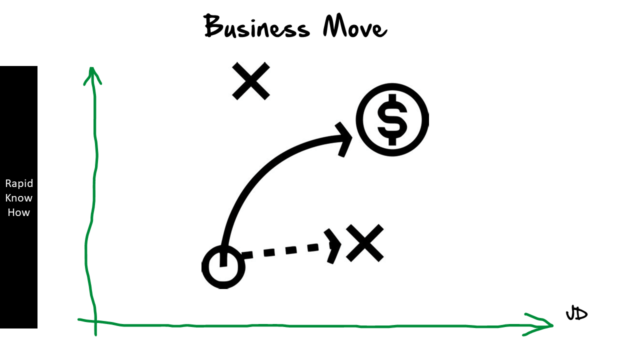Understanding the HomeCare Code in the context of industrial gases requires a comprehensive understanding of the needs, solutions, and actions associated with this sector. The homecare industry is a rapidly growing field that involves providing medical care, assistance with daily activities, and health-related services in a home setting. Industrial gases play a crucial role in this sector, especially in patient care and treatment.
Needs
The first step to cracking the HomeCare Code: Industrial Gases is to understand the needs of this industry. The homecare sector primarily requires industrial gases for medical purposes. Oxygen, for instance, is used extensively in respiratory therapies and treatments for patients suffering from conditions like COPD (Chronic Obstructive Pulmonary Disease), asthma, and other respiratory diseases. Nitrous oxide is used as an anesthetic in minor surgical procedures. Other gases like helium are used in MRI scanners, while carbon dioxide is used in various surgical procedures.
The need for these gases is not just limited to their availability but also extends to their safe storage and transportation. The gases must be stored under specific conditions to maintain their purity and effectiveness. They must also be transported safely to prevent any accidents or leaks that could potentially be hazardous.
Solution
Addressing these needs involves developing effective solutions that ensure the availability, safety, and proper utilization of industrial gases in homecare settings. Companies involved in the production and supply of industrial gases have developed various technologies and products to meet these needs.
For instance, oxygen concentrators are devices that concentrate oxygen from ambient air, providing a cost-effective solution for oxygen therapy at home. Similarly, portable gas cylinders equipped with regulators allow for safe transportation and usage of these gases.
In addition to hardware solutions, service-based solutions are also critical. Regular maintenance and inspection services ensure that the storage and delivery systems function correctly and safely. Training services for healthcare professionals and patients ensure the proper handling and usage of these gases.
**Action**
Cracking the HomeCare Code: Industrial Gases involves taking strategic actions based on the identified needs and solutions. These actions could include investing in the right technologies and products, partnering with reliable industrial gas suppliers, and implementing robust safety protocols.
Healthcare providers should also focus on educating their staff and patients about the safe handling and usage of industrial gases. Regular audits and inspections should be conducted to ensure compliance with safety standards.
Conclusion
In conclusion, cracking the HomeCare Code: Industrial Gases involves a thorough understanding of the needs of the homecare sector, developing effective solutions to address these needs, and taking strategic actions based on these solutions. It requires a comprehensive approach that combines technology, service, safety, and education. By doing so, healthcare providers can ensure that they effectively utilize industrial gases in homecare settings, thereby improving patient care and treatment outcomes.




